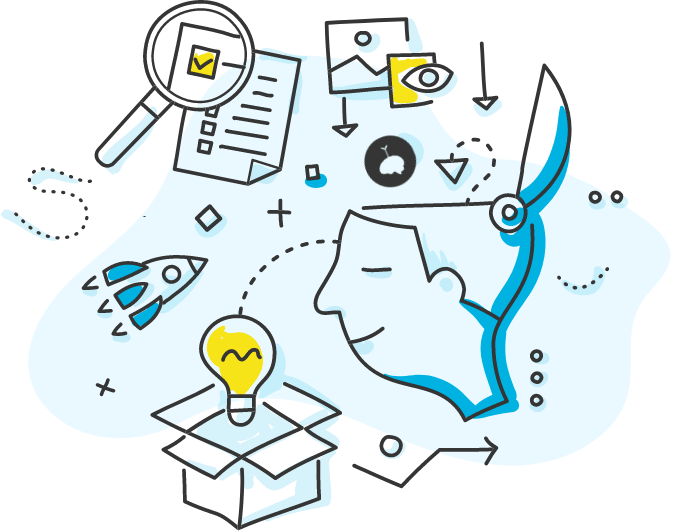Estimated Reading Time:2 minutes, 50s.
Podcast Length24 minutes, 35s (link to play podcast at bottom of post).

This week on Becoming Better, we dig into the science behind how you can extract as much energy—and productivity—out of caffeine as possible.
I write about caffeine quite a bit on ALOP, and for good reason: it can give us a great boost of productivity and focus, if we consume it deliberately and strategically.
As always, in case you don’t have the time (or inclination) to listen to this week’s episode, here are a few of our favorite strategies that we mention on the show!
- Consume caffeine before working on your most important tasks. Be thoughtful about when you consume caffeine; I find that it’s helpful to have a cup of coffee right before working on a task that requires hyperfocus, rather than just at the same time each morning. This way, I can benefit more from the energy boost it provides. Given that caffeine boosts your mental and physical performance in pretty much every measurable way, this boost is worth deploying wisely.
- Consider consuming caffeine differently if you’re an introvert. If you’re an introvert, you’re more stimulated by your environment by default, compared to extroverts and ambiverts (those who are somewhere in between). Given that caffeine is a stimulant, if you’re an introvert, it can sometimes lead you to feel overstimulated and anxious. Be especially mindful of this effect when consuming caffeine before social taxing-tasks, such as giving a presentation or attending a party.1
- Mind the 8-14 hour rule. The research shows that it takes caffeine 8-14 hours to metabolize out of our system (though everyone is wired differently). Make sure that you don’t consume too much caffeine within the 8-14 hour window before you head to bed.
- The best time to drink coffee is between 9:30 and 11:30 a.m. This is when our cortisol levels are the lowest, and when our energy levels naturally dip in the morning. Because of this, we get a larger boost from caffeine around this time. I typically hold off until 10 a.m. on days I’ll be drinking coffee, to experience the greatest boost.
- Every once in a while, reset your caffeine tolerance. This ensures that caffeine provides you with the biggest boost possible, and also makes you less dependent on the drug. Here’s how to reset your caffeine tolerance. Pro tip: wait until you get sick to reset your tolerance. You’ll likely experience flu-like symptoms while your body adjusts to going without caffeine, but your mind will just ascribe what you feel from caffeine withdrawal to the fact that you’re under the weather.
- Try not to consume caffeine two days in a row. This is the golden rule I follow, and it’s what allows me to experience an energy boost from caffeine, without any withdrawal symptoms on days I don’t feel like having any. Once our body adjusts to how much caffeine we consume every day, over time, we need to keep consuming the same amount in order to not experience withdrawal symptoms. Going a day or two between each dose of caffeine can ensure that you get all of the benefits out of caffeine, without any of the withdrawal symptoms.
- Watch out for hidden caffeine—especially in decaffeinated coffee and sodas. In just a twelve-ounce can of Diet Coke, for example, there’s 46mg of caffeine—that’s as much as is in many cups of tea. In a Starbucks brewed decaf coffee, there can be as much as 30mg of caffeine. Watch out for hidden caffeine in beverages such as these, and in foods such as chocolate.
Here’s hoping that these tips prove helpful the next time you decide to caffeinate!
Source for this: the book Me, Myself, and Us, by Brian Little. ↩




